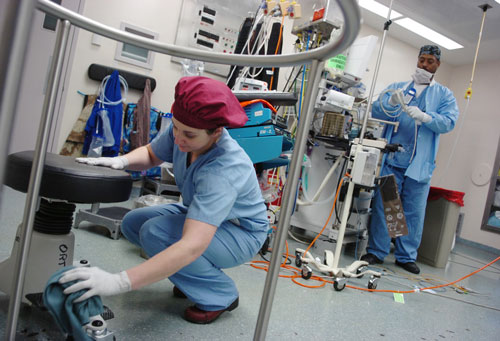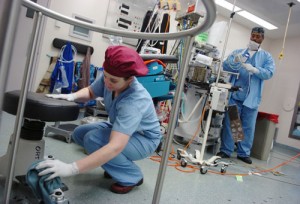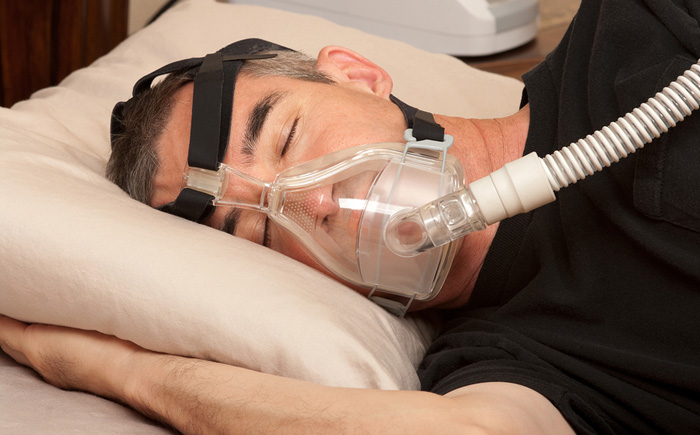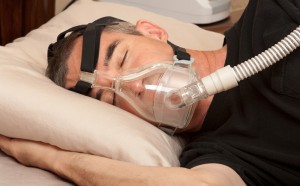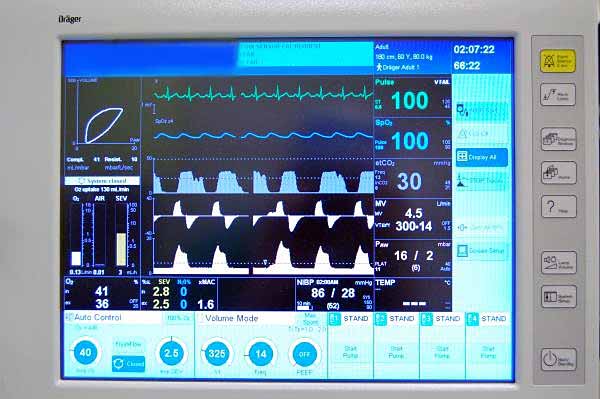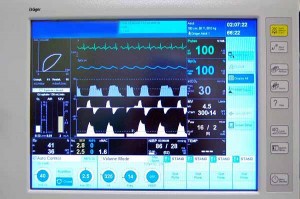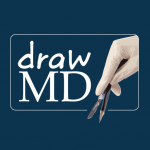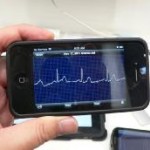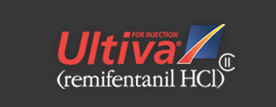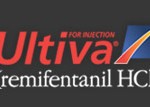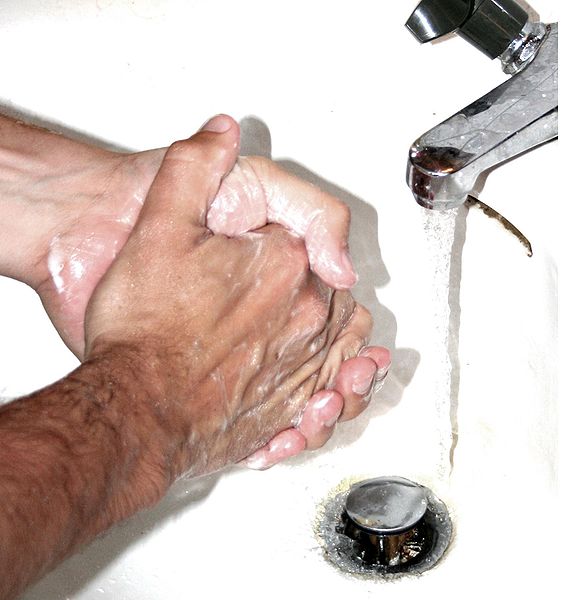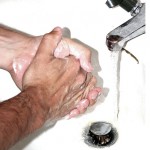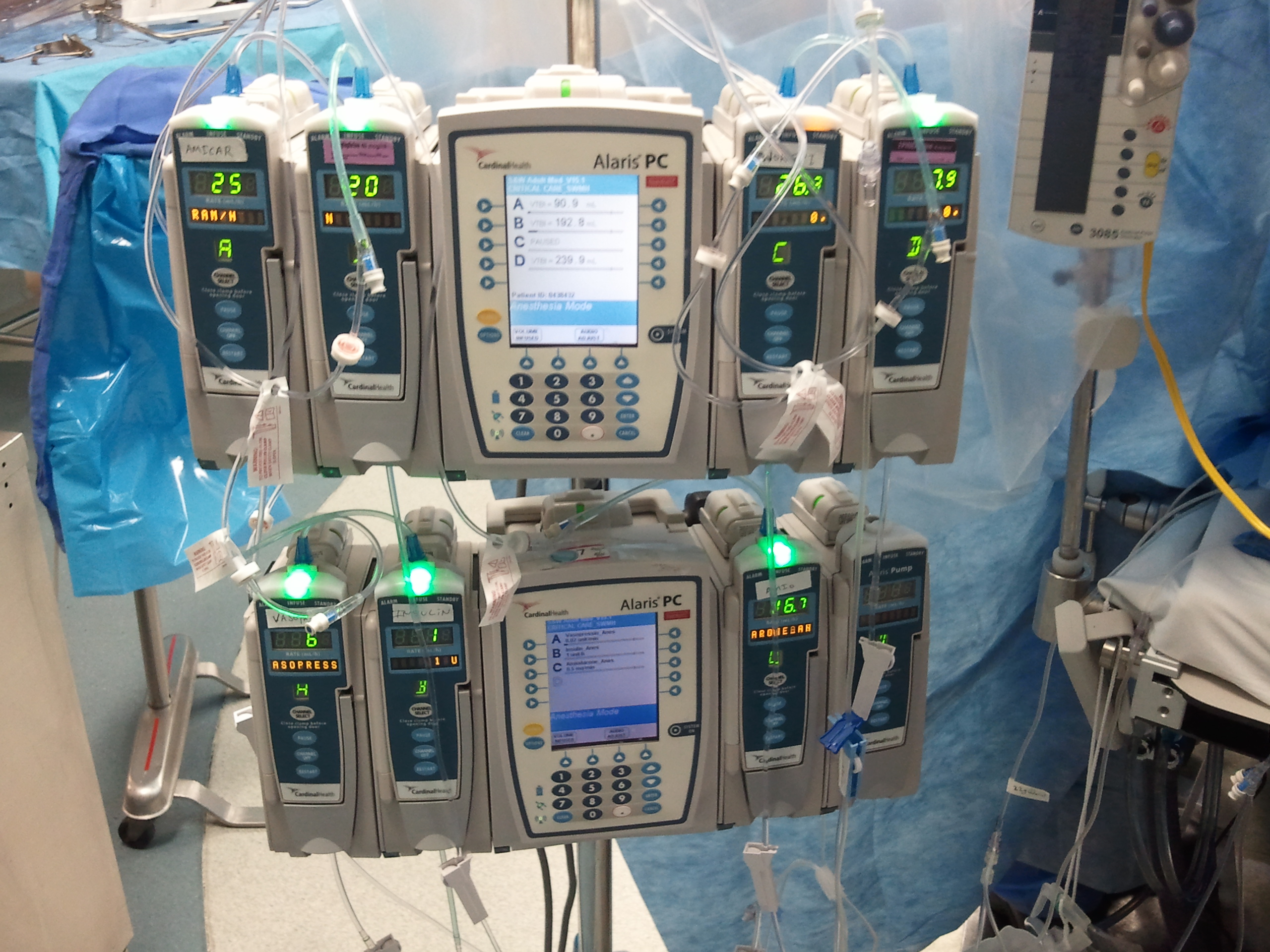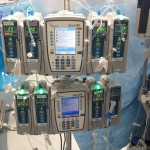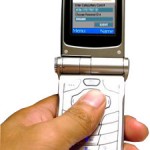By Thomas Davis, CRNA
Flight Path to Patient Safety
 With reimbursement and therefore job security tied to patient safety, it is incumbent on healthcare workers to become actively involved with the process of making healthcare safe for our patients. Since the publication of “To Err is Human” in 1999, much attention has been given to patient safety, however, statistics still show that your luggage is safer in the airline system than your grandmother is in your local hospital. What can we learn from the Airline industry?
With reimbursement and therefore job security tied to patient safety, it is incumbent on healthcare workers to become actively involved with the process of making healthcare safe for our patients. Since the publication of “To Err is Human” in 1999, much attention has been given to patient safety, however, statistics still show that your luggage is safer in the airline system than your grandmother is in your local hospital. What can we learn from the Airline industry?
The 1970s were a particularly tragic time for commercial aviation. In 1977 the collision of two 747 airliners on the runway in Tenerife killing 583 people followed by the famous airline crash in Portland in 1978, both due to poor communication, triggered a change in the way that the airlines conduct their business. Mandatory training and implementation of Crew Resource Management changed the way flight crew employees interact with one another and ushered the way to a 5 year period with zero adverse incidents. How did they do it?
Crew Resource Management is a set of training procedures for use in environments where human error can potentially have devastating effects. The focus of CRM is on interpersonal communication, leadership and decision making. Our patients deserve the same focus on healthcare safety that they would receive as passengers on an airline. Here are some recommendations for taking CRM from the cockpit to the hospital.
All humans are fallible and susceptible to error…period. The greatest disservice that we can do to our patients is to believe that because we have special knowledge or skills, we are infallible and cannot make mistakes. The airline crashes of the 1970s confirmed that the senior pilot did not have all the answers. Not only can we make mistakes but others around us can do the same. It is only when we acknowledge our fallibility, and engage with our team in vigilance, that patient safety can be ensured. Regardless of your position on the team, know that you can make a mistake, and also know that you can fend off the consequences of mistakes that others are about to make.
All potential problems must be openly communicated in a positive manner that supports our coworkers. In an environment focused on patient safety, sharing your concern with other team members should be welcomed and encouraged. In addition, you must welcome and solicit the concerns and observations of others. As healthcare professionals, we tend to get defensive when a co-worker points out a lapse in our delivery of a treatment. With a focus on collaboration, we set the stage for patient safety as we reply, “Thank you,” rather than feeling threatened. Your reply sets a tone for other team members to welcome feedback.
All team members must be respected and heard. Your knowledge and skills are respected. Your eyes and ears are open and your judgment is solid. Even so, remember that magicians make a living based on creating false perceptions. What you see and believe may not be true. The TV program “Who wants to be a Millionaire” offers the contestants lifelines when they do not know the answer. When statistics are reviewed “poll the audience” has the highest percentage of correct answers whereas “ask an expert” lags far behind in accuracy. When the goal is patient safety, the collective wisdom of the group is more likely to be correct than the opinion of the expert. Openly solicit and welcome the opinions of others regardless of their position on the team. Often, we can learn as much from people with lower status as we can from the recognized team leaders.
Problems must be anticipated and contingency plans must be in place. In his book Why Hospitals should fly: The Ultimate Flight Plan to Patient Safety and Quality, author John Nance recommends that healthcare workers view every patient as having a 50:50 chance of being harmed. With a team committed to anticipating, detecting and preventing harm, the patient is best protected. The team time out prior to a procedure is an opportunity for each member of the team to identify potential risk and offer a plan to prevent harm. All too often the time out is not given the respect that it deserves and potential risk is not adequately discussed among the team members. As a patient advocate, use the time out as an opportunity to focus the team on patient safety.
Reduce distractions at critical times. Regulating the airline industry, the FAA requires the observation of “sterile cockpit” during the critical times surrounding takeoff and landing. During this time, pilots must refrain from non-essential activities and conversation so that they can focus on the critical task at hand. Stories of lapses in communication among distracted healthcare workers abound. Distraction by idle conversation or use of social media during high risk times of patient care increases the risk of patient harm. In the hospital setting it is not unusual for side bar conversations to take place while checklists are being read or timeouts are being done. As patient advocates, we must all share responsibility for the focus of the team to be on the patient at all times.
Value every member of the team. On a recent flight, our boarding was delayed by an hour awaiting the arrival of a crew of flight attendants. Once we were on board, the pilot made an announcement. He apologized for the hour delay and said that we would be delayed a few more minutes…collective groan. He went on to say that the flight crew would be greater than 8 hours without food by the time we arrived at our destination. He announced that he had ordered dinner for the flight crew and that we would be under way once the food arrived…collective cheer from the passengers. By looking out for the crew, the pilots believed that the passengers would be better served. The lesson here is obvious. All too often we focus on our own needs and are not sensitive to the needs of others on our team.
As healthcare workers, our best opportunity for ensuring safety for our patients is to follow the example set by the airline industry and focus on communication and collaboration. Hospitals across the nation hire experts to provide training on patient safety and yet the statistics often do not improve. When training is an academic exercise, nothing changes. It is only by applying the knowledge that improvement is made. Use the lessons borrowed from the airline industry to ensure that your patients are safer your luggage.
Thomas Davis, CRNA is an experienced Chief CRNA, author, speaker and teambuilding coach.



